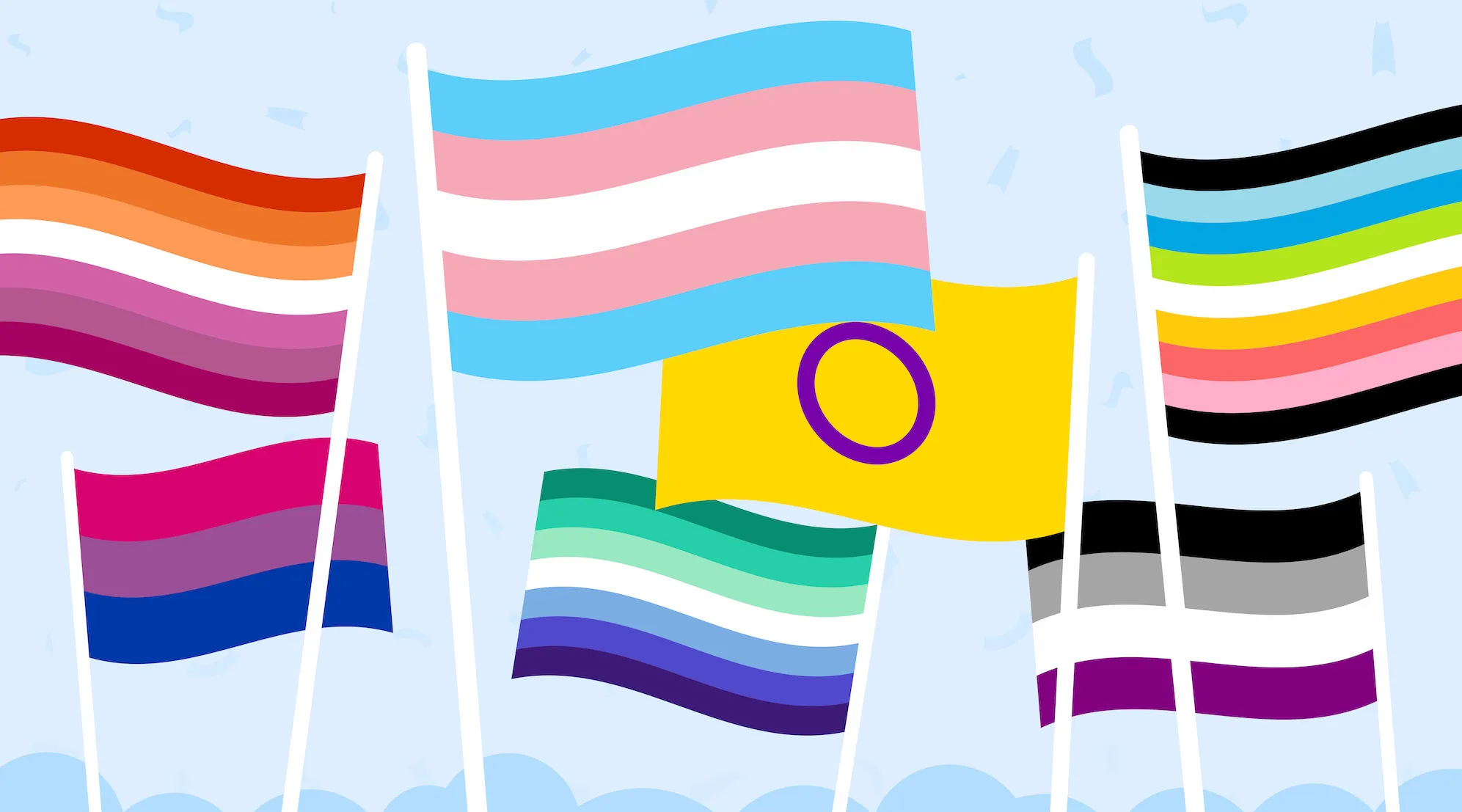
"The rainbow flag unites the LGBTQ+ community globally, symbolizing diversity; its design has evolved since 1977 to reflect inclusivity, including black and brown stripes."
"Each color in the rainbow flag represents significant elements of life, reflecting qualities shared across all individuals, as stated by its creator, Gilbert Baker."
"Flags communicate messages; displaying the rainbow flag signifies support for LGBTQ+ rights and the celebration of diversity within the community."
"The evolution of the rainbow flag to include people of color highlights the ongoing discussions about representation and inclusivity within the LGBTQ+ movement."
Pride month serves as a pivotal time for the LGBTQ+ community, combining celebration and protest under a variety of flags. The iconic rainbow flag, designed by Gilbert Baker in 1977, symbolizes diverse aspects of life, with each color carrying distinct meanings. This flag has evolved over the years to be more inclusive, particularly with the addition of black and brown stripes to acknowledge people of color within the community. The article offers insights into the significance of these flags and the ongoing efforts for representation in Pride celebrations.
Read at PinkNews | Latest lesbian, gay, bi and trans news | LGBTQ+ news
Unable to calculate read time
Collection
[
|
...
]